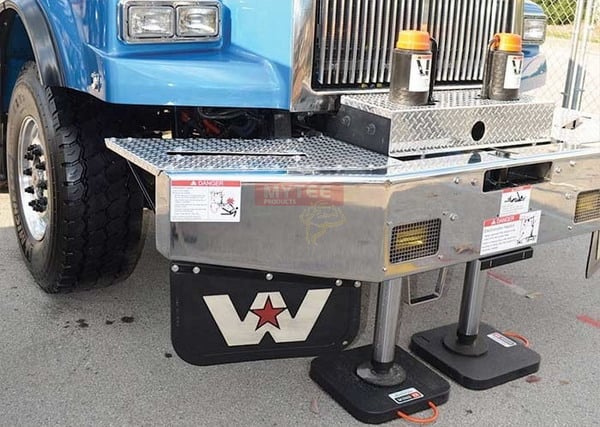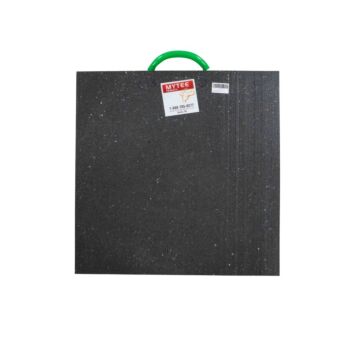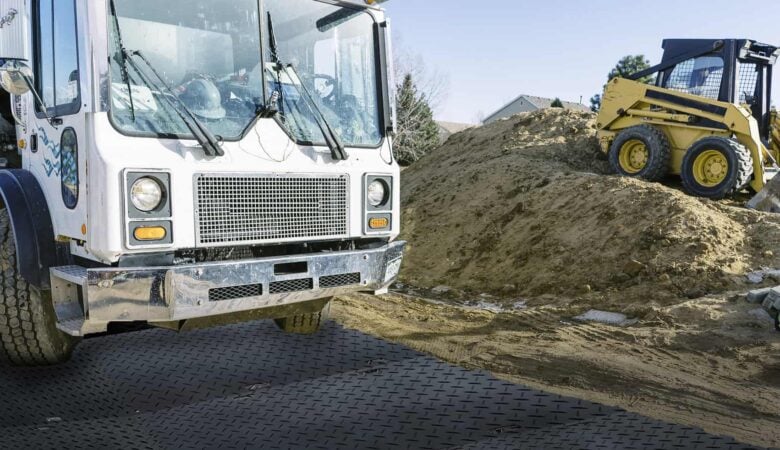Outrigger pads are tools used to keep cranes and other pieces of heavy equipment from sinking into the ground during lifting. Anyone experienced with rigging is probably familiar with the pads to at least some extent. We sell outrigger pads as part of our inventory of rigging supplies.

Thumb Rules to Use Outrigger Pads
We cannot stress enough the need for safety when deploying outrigger pads. As with everything related to rigging, there are safe and unsafe ways to deploy them. Relying on general rules of thumb or intuition doesn’t cut it. To be safe, you have to do things the right way.
1. Follow The Government Regulations
The place to begin here is with government regulations. According to OSHA, safety is always a requirement. OSHA 1926.1402 states that, in all instances in which a crane or other lifting equipment is used, the ground on which the equipment is placed must be firm, sufficiently drained, properly graded, and able to support blocking, cribbing, and outrigger pads.
OSHA regulations relate mainly to construction and industrial work. So for jobs outside their scope we look to ASME B30.5 code. This code has been approved by the U.S. government, making it legally binding. It states that any blocking or pads used to support heavy equipment must be sufficiently strong. They must be able to safely support floating and transmission of the load without excessive settlement, shifting, or toppling.
This is just a general outline of OSHA and ASME rules. For details, consult both documents online. They offer all the information you need for a safe lifting experience.
2. Understand the Working Load Limits
Next, it is important to know and understand the working load limits of your outrigger pads, blocking, or cribbing. The three models of outrigger pads that we sell have working load limits of 45,000, 55,000, and 60,000 pounds. All have a crush rating of 200 PSI.
These working load limits apply just to the pads themselves. They have nothing to do with the strength or support of the ground underneath. So just because you have an outrigger pad strong enough to handle the load you’re lifting doesn’t necessarily mean you’re good to go.
3. Make Some Calculations
Lifting safely requires a few basic calculations, beginning with the total amount of force the operation represents. Total force is really just the sum of all the ‘moving parts’, so to speak. Add together the weight of the crane, load, rigging equipment, and any accessories. The total weight equals the force of the load.
Next, you must calculate the amount of area needed to safely distribute the load across your outrigger system. For that, you’ll need to know ground (soil) pressure. The lift supervisor should provide you with that number measured as pounds per square inch (psi).
To determine area, divide the total force by the ground pressure. The resulting number will be the total area over which the weight will be distributed. Calculate the square root of that number and you’ll know how much area each of the four corners of your rigging system should cover.
Conclusion
In some cases, you may find your outrigger pads are sufficient in and of themselves to carry the load. Other cases might require additional blocking or cribbing underneath the pads. Just make sure you get it right one way or another.
Feel free to contact us if you have questions about our outrigger pads. Also, remember that we carry a full line of rigging supplies. Whether you need slings, straps, blocks or hooks, Mytee Products probably carries it. And if we don’t, contact us anyway. We might be able to procure what you’re after.















